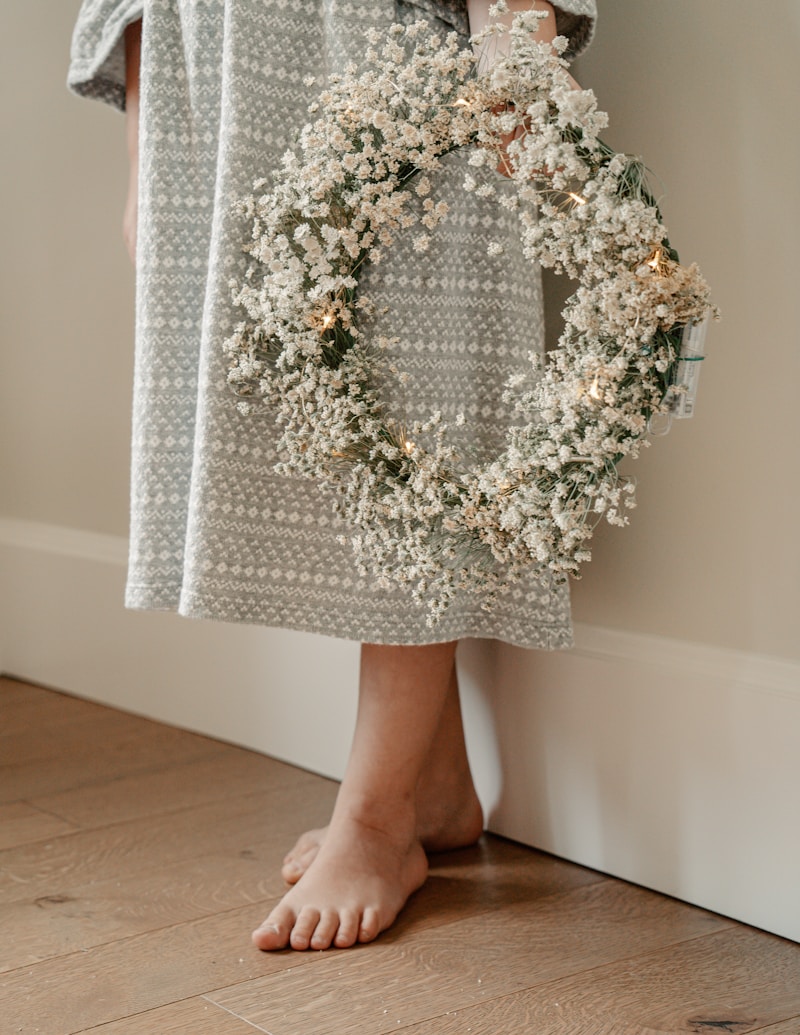The Journey of Fabric from Concept to Custom Wedding Dress
The Journey of Fabric from Concept to Custom Wedding Dress
When you envision your dream wedding dress, do you ever stop to consider the journey of the fabric that transforms a concept into reality? The process from the initial design idea to the final custom wedding dress is not just a magical moment; it is a fascinating journey that involves various essential steps and expertise. In this article, we will explore this journey in detail, uncovering the importance of fabric selection, design ideation, fittings, and tailoring, and why each step is critical to creating the perfect bespoke gown.
The Importance of Fabric in Wedding Dress Design
Choosing the right fabric is paramount in the design of a custom wedding dress. The fabric not only defines the gown's overall aesthetic but also its comfort and fit. Here are some common fabric types used in bridal wear:
| Fabric Type | Description |
| Silk | Luxurious and smooth, silk drapes beautifully, making it a popular choice for elegant wedding dresses. |
| Lace | Known for its intricate patterns and texture, lace adds a romantic and vintage touch to any wedding dress. |
| Tulle | This lightweight, net-like fabric is often used for skirts and garments requiring volume. |
| Chiffon | Soft and sheer, chiffon lends a dreamy quality to dresses, perfect for layers and flowing silhouettes. |
| Satin | A heavier fabric with a lustrous finish, satin offers a structured look suited for formal weddings. |
The Design Process: From Concept to Creation
The journey of fabric from concept to custom wedding dress begins with the design process. Bridal designers often start by gathering inspiration through mood boards, sketches, and fabric swatches. For couples looking for unique elements or themes, they may consider:
- Personal stories that influence their wedding theme
- Current fashion trends that resonate with their style
- Color palettes that complement their wedding setting and season
Choosing a theme not only enables designers to curate a style but also helps in selecting suitable fabrics. For instance, a bohemian wedding may draw on flowy fabrics like chiffon and lace, while a classic wedding might call for silk and satin.

Designing the Perfect Gown
Once the concept is chalked out, the next step involves sketching the dress design. Designers usually provide sketches that encompass various angles, details, and dimensions. Clients are encouraged to provide feedback and modifications to ensure the design resonates with their vision.
During this stage, fabric swatches play a crucial role. Selecting the right fabric allows the designer to visualize how it interacts with the overall gown design, ensuring suitability for the desired silhouette and intricacies. Designers might also create mock-ups or muslins to test the fit and drape of the chosen fabric before the final dress is constructed.
Fittings: Making Adjustments for Perfection
The fitting process is a critical step in the journey toward the final custom wedding dress. Bridal fittings ensure that the gown fits the bride’s unique body shape perfectly. Here’s what to expect during the fitting stages:
- First Fitting: The basic structure of the gown is reviewed, adjusting for any immediate fit issues. Clients typically try on a muslin version of the dress at this stage.
- Second Fitting: After modifications from the first fitting, the designer works on refining the gown, adding details such as lace appliqués and embellishments.
- Final Fitting: The last adjustments are made, ensuring the dress is ready for the big day. Brides often try on the full ensemble, including accessories and shoes, to get a complete view.
Working with Tailors and Seamstresses
Working with skilled tailors and seamstresses is vital. They not only execute the creative vision of the designer but also bring craftsmanship and experience to the process. High-quality tailoring ensures a flawless finish that enhances the gown's beauty.
Final Touches: Accessories and the Big Reveal
The final touches of a custom wedding dress often include accessories such as veils, brooches, and sashes that complement the gown. Each element is carefully chosen to add to the overall look and feel of the ensemble. It is essential that these accessories align with the dress's style and theme.
The big reveal is undoubtedly one of the most memorable moments of the wedding planning process, both for the bride and her loved ones. On the wedding day, the bride wears her custom gown with pride, showcasing the journey of fabric that has transformed from a concept into a stunning dress.
Conclusion: The Importance of Customization in Your Wedding Dress Journey
In conclusion, the journey of fabric from concept to custom wedding dress is a rich and nuanced process that involves creativity, precision, and personal touches. When embarking on designing your dream gown, remember the importance of thoughtful fabric selection, detailed sketches, fitting sessions, and accessories that enhance your unique style.
As you navigate this joyful yet complex adventure, keep in mind that investing time and effort into each step will lead to a stunning result that you will cherish forever. Whether your style is classic, modern, bohemian, or vintage, ensuring that every detail aligns with your vision will create a memorable wedding day experience. Happy planning!
